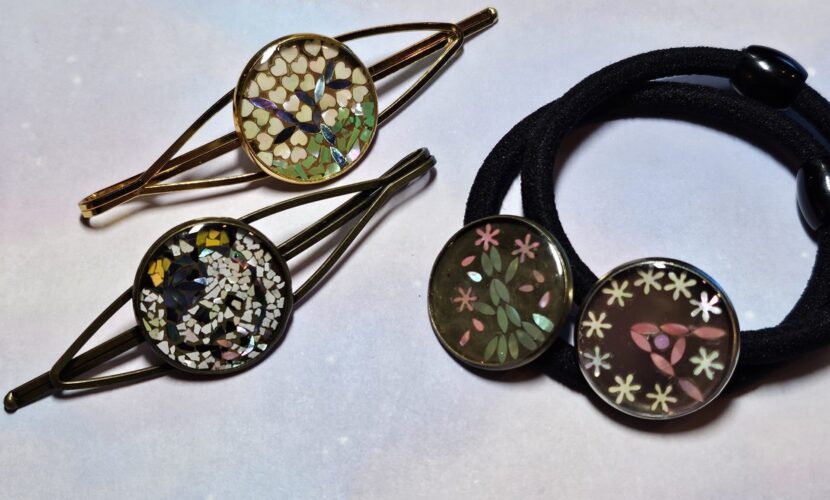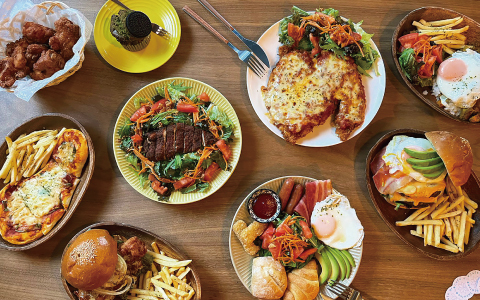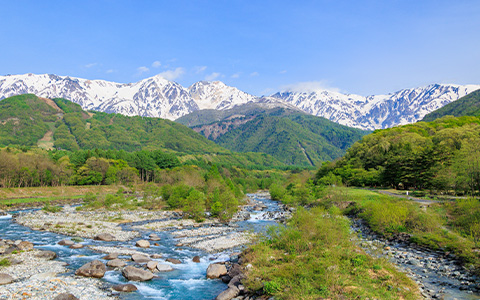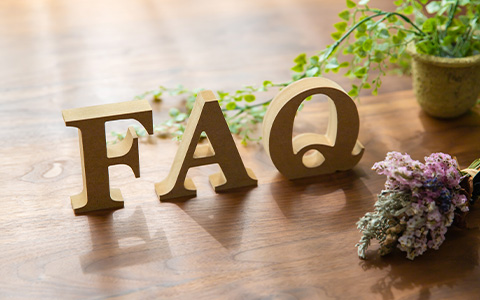Raden art is a traditional Japanese craft. It’s famous for its aurora like brilliance and finely cut patterns. Using the shiny parts of shells and resin you can create truly personal designs.
Raden Art History
- Nara Period (645-794): Raden was introduced to Japan from Tang China, particularly the atsugai method which uses thick shell pieces. Red sandalwood was a popular material for applying raden during this period.
- Heian Period (794-1185): Raden lacquerware developed a distinct Japanese style, often combined with maki-e.
- Kamakura Period (1192-1333): Raden techniques were refined and applied to saddles. Influence from Chinese and Korean raden ware was also seen.
- Muromachi Period (1338-1573): Raden techniques declined during this period.
- Edo Period (1603-1868): Raden became a prominent part of Japanese artistic expression.
- Modern Day: Contemporary artists continue to use raden, blending traditional techniques with modern aesthetics.
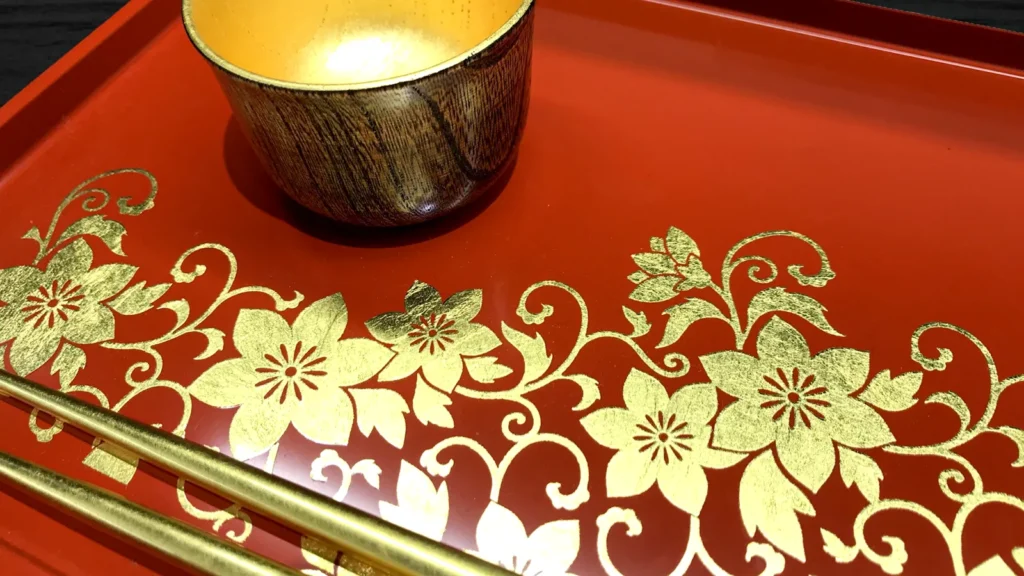
Maki-e is a Japanese lacquer art technique where designs are created by sprinkling gold, silver, other metal powders or powdered shell onto wet lacquer.
Today we host raden workshops in usugai style using thin shell pieces and resin, at Hakuba Inn Bloom.
Everyday at 10am and 2pm. Follow our instagram to make a booking:
https://www.instagram.com/hakubasankayou/
or call us at 080-4397-3951
We look forward to welcoming you soon,
Hakuba inn Bloom
